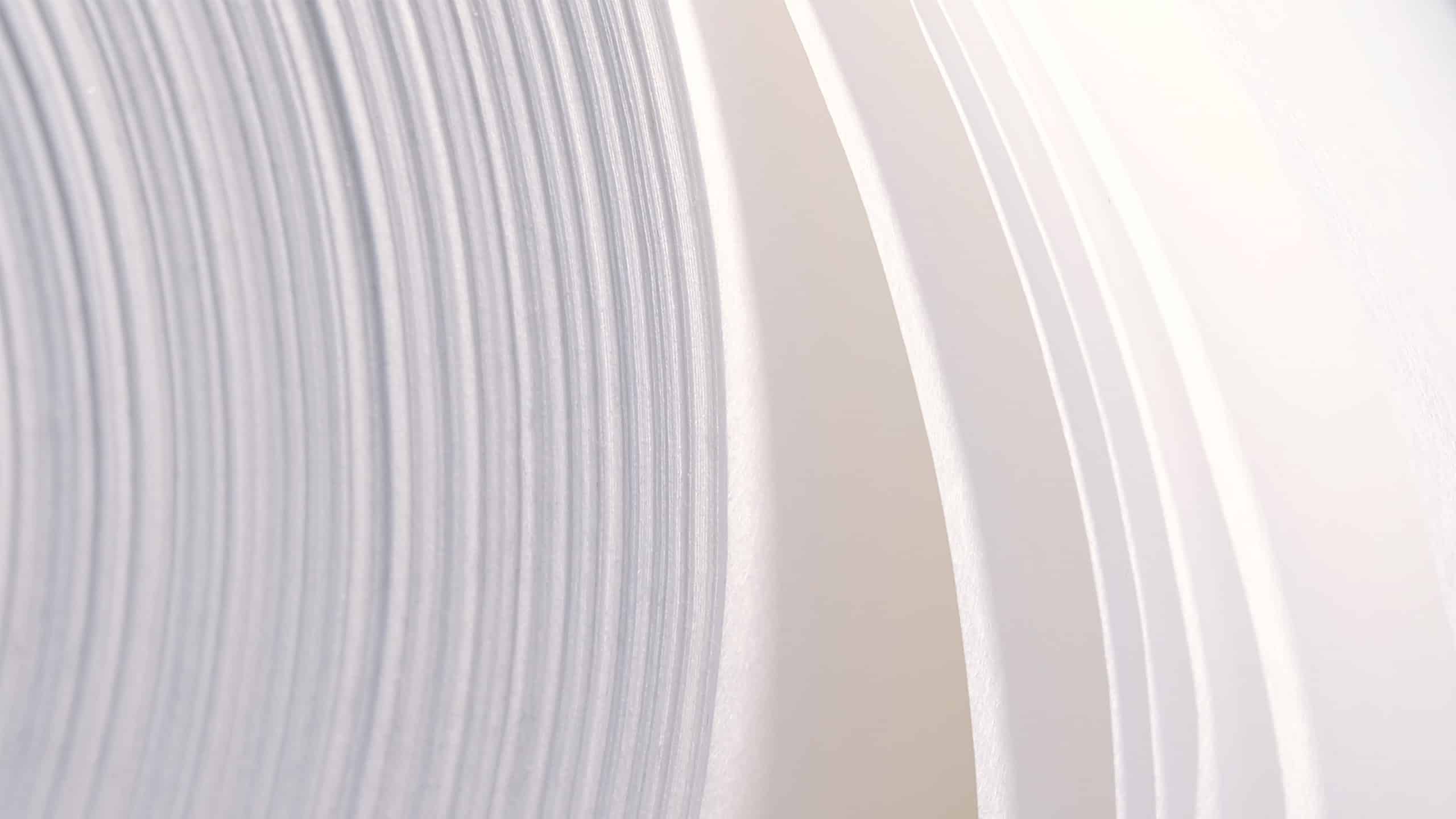Is switching to fibre-based materials a good choice for my brand?

Why Consider Fibre-Based Materials?
The global push towards sustainability is urging brands to reevaluate their material choices, especially in packaging. Consumers today are more conscious of the environmental impact of their purchases, increasingly supporting brands that emphasize eco-friendly practices. Fibre-based materials, sourced from renewable resources, perfectly align with these consumer values. According to the Confederation of European Paper Industries (CEPI), these materials present a sustainable alternative to traditional plastics, which are major contributors to environmental pollution.
Fibre-based materials have the potential to significantly lower environmental impact. Unlike conventional plastics, which can persist in the environment for centuries, fibre-based materials are typically recyclable and biodegradable, playing a crucial role in a circular economy. By adopting fibre-based solutions, brands can notably decrease their carbon footprint and waste, meeting the rising demand for sustainable practices in the market. This transition not only aids environmental preservation but also boosts brand image and loyalty among environmentally-conscious consumers.
Understanding Sustainable Forest Management
To fully grasp the advantages of fibre-based materials, it is essential to comprehend sustainable forest management. This involves managing forest resources to satisfy current needs without jeopardizing future generations’ ability to meet theirs. As per CEPI guidelines, it includes maintaining forest biodiversity, productivity, and ecological processes. Sustainable forest management guarantees that fibres used in packaging are responsibly sourced, thus minimizing environmental impact.
However, it is important to acknowledge that while fibres can be sourced from sustainably managed forests, this is not always assured. Brands must verify their materials’ origins and ensure certification by recognized programs like PEFC or FSC. By doing so, companies can support responsible forestry practices and contribute to preserving forest ecosystems. This approach not only advocates environmental sustainability but also ensures a reliable supply of high-quality materials for the future.
The Unique Advantages of Paptic Materials
Paptic materials present distinct advantages over other fibre-based options, making them an excellent choice for sustainable packaging. Primarily composed of renewable wood fibres, Paptic materials are recyclable and reusable, significantly reducing plastic waste and supporting a circular economy. Their unique blend of paper, plastic, and textiles provides a durable and flexible packaging solution that maintains its integrity through multiple uses.
Moreover, Paptic materials are distinguished by their unique haptics and silent handling. The tactile sensation elevates the perceived quality of products, providing a premium feel that resonates with customers. Additionally, Paptic materials are designed to operate on existing packaging lines without modifications, offering an effortless transition for brands switching from traditional plastics. This adaptability, alongside the environmental benefits, makes Paptic a compelling choice for companies committed to sustainability.
Challenges in Transitioning to Fibre-Based Solutions
While the benefits of switching to fibre-based materials are evident, brands may encounter challenges during the transition. A primary consideration is adjusting supply chains to accommodate the new materials, which may involve securing reliable suppliers, ensuring consistent quality, and potentially altering production processes.
Cost is another factor for brands to consider. Although fibre-based materials can offer long-term savings through reduced waste and increased consumer loyalty, the initial investment might be higher than traditional materials. Brands need to balance these costs against the environmental benefits and the increasing consumer demand for sustainable products. By proactively addressing these challenges, companies can facilitate a smooth transition and position themselves as leaders in sustainable innovation.
Real-World Applications and Success Stories
Fibre-based materials offer versatile applications across various industries, demonstrating their practicality and effectiveness. One notable application is in hygiene packaging, where Paptic materials provide necessary protection while enhancing consumer appeal with their premium feel. The use of Paptic materials in hygiene packaging showcases a commitment to reducing environmental impact while maintaining product quality and safety.
Beyond hygiene packaging, Paptic materials are successfully utilized in e-commerce, retail bags, and luxury packaging. These applications highlight the adaptability of Paptic materials, which can replace traditional plastics across a wide range of products. By opting for Paptic materials, brands can enhance their sustainability credentials and meet evolving customer expectations. This transition not only benefits the environment but also strengthens brand reputation and consumer loyalty in a competitive marketplace.
